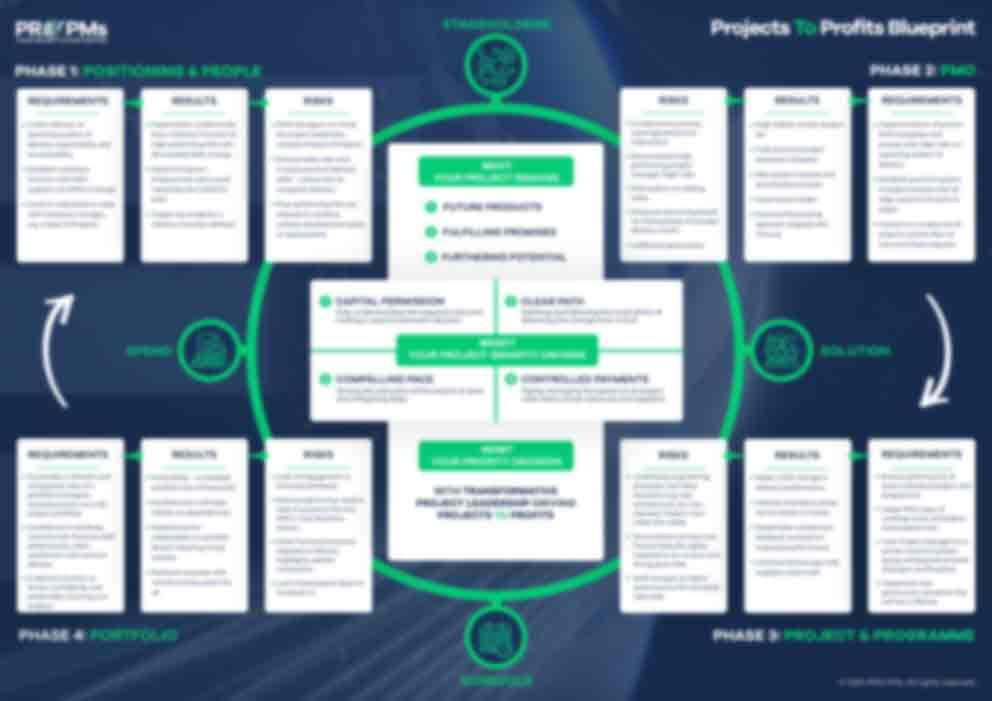In the complex world of modern business operations, many organizations fall into the trap of treating portfolio balance as a mathematical exercise—dividing resources equally across all initiatives. However, strategic portfolio coherence represents a fundamentally different approach that drives superior outcomes through intentional resource concentration and strategic alignment.
Understanding Strategic Portfolio Coherence
Strategic portfolio coherence goes far beyond simple resource distribution. It’s about creating a unified portfolio strategy where every project, initiative, and investment reinforces your organization’s core strategic objectives. Unlike operational convenience, which often drives decision-making based on immediate needs or political considerations, strategic coherence requires a disciplined approach to portfolio resource allocation strategy.
The Microsoft Entra ID vulnerability incident serves as a stark reminder of why strategic coherence matters. Organizations that had strategically coherent security portfolios—with concentrated investments in identity management and access controls—were better positioned to respond to such threats. Meanwhile, those with fragmented security initiatives faced greater exposure and response complexity.
This principle extends across all business domains. Consider Tottenham Hotspur’s recent £100 million capital injection. Rather than spreading this investment across numerous small improvements, successful sports organizations concentrate resources on high-impact areas like player acquisition, training facilities, or fan experience—areas that directly support their competitive strategy.
The Resource Concentration Strategy
Effective project portfolio optimization requires understanding that different project types demand different approaches. High-value strategic initiatives need concentrated attention, dedicated resources, and executive sponsorship. Operational maintenance projects require efficient execution with minimal disruption. Innovation projects need flexibility and tolerance for failure.
Organizations achieving breakthrough portfolio performance typically follow these principles:
- Strategic Project Prioritization: They ruthlessly prioritize projects that directly advance strategic objectives, even if this means saying no to seemingly attractive opportunities
- Resource Concentration: They allocate their best talent and resources to their highest-value opportunities rather than spreading them thin
- Portfolio Strategic Alignment: They ensure every major initiative connects clearly to business strategy and measurable outcomes
- Dynamic Rebalancing: They regularly reassess and adjust their portfolio mix based on changing strategic priorities and market conditions
Designing for Strategic Coherence
Strategic portfolio design starts with clarity about what you’re trying to achieve. This means establishing clear success criteria that go beyond traditional project metrics. While individual projects might measure schedule, budget, and scope, strategically coherent portfolios measure contribution to competitive advantage, market position, and long-term value creation.
Consider how leading technology companies approach their R&D portfolios. They don’t distribute research funding equally across all possible innovations. Instead, they concentrate resources on breakthrough technologies that align with their strategic vision, while maintaining smaller investments in exploratory areas that might become important later.
This approach requires sophisticated portfolio performance management capabilities. Organizations need systems and processes that can track not just individual project success, but portfolio-level strategic contribution. This includes measuring synergies between projects, resource utilization efficiency, and strategic objective advancement.
Overcoming Operational Convenience
The biggest challenge in achieving strategic coherence is overcoming the gravitational pull of operational convenience. It’s easier to approve projects that solve immediate problems or satisfy vocal stakeholders than to maintain discipline around strategic priorities. However, this path leads to fragmented portfolios that deliver incremental improvements rather than breakthrough performance.
Successful organizations implement portfolio coherence frameworks that include:
- Clear governance structures that prioritize strategic value over operational pressure
- Regular portfolio reviews that assess strategic alignment, not just project status
- Resource allocation processes that favor concentration over distribution
- Success metrics that reward portfolio-level outcomes, not just project completion
Creating Competitive Advantage Through Strategic Focus
High-value project prioritization becomes a source of competitive advantage when organizations consistently make better strategic choices than their competitors. This means developing superior capabilities in strategic project selection, resource allocation, and portfolio optimization.
Organizations that master strategic portfolio coherence create sustainable competitive advantages by:
- Delivering breakthrough innovations while competitors pursue incremental improvements
- Building integrated capabilities that are difficult for competitors to replicate
- Achieving superior returns on their project investments
- Responding more effectively to market changes and opportunities
The key is understanding that portfolio value optimization isn’t about maximizing the value of individual projects—it’s about maximizing the collective value and strategic impact of your entire portfolio.
Practical Steps for Implementation
Moving toward strategic portfolio coherence requires practical changes in how organizations approach portfolio management. Start by conducting an honest assessment of your current portfolio mix. How many of your current projects directly advance your strategic priorities? How much of your resource allocation is driven by strategic intent versus operational convenience?
Implement strategic resource allocation practices that include regular portfolio reviews, clear strategic alignment criteria, and the courage to stop or redirect projects that don’t contribute to strategic objectives. This often means making difficult decisions about popular but strategically irrelevant initiatives.
Develop capabilities in portfolio-level thinking. Train your teams to consider not just individual project success, but how projects work together to create strategic value. This includes understanding interdependencies, resource trade-offs, and cumulative strategic impact.
Strategic portfolio coherence isn’t about perfection—it’s about consistently making better strategic choices that compound over time. Organizations that master this approach don’t just deliver projects more efficiently; they build sustainable competitive advantages through superior strategic focus and resource concentration. The question isn’t whether you can afford to pursue strategic coherence, but whether you can afford not to in an increasingly competitive business environment.



